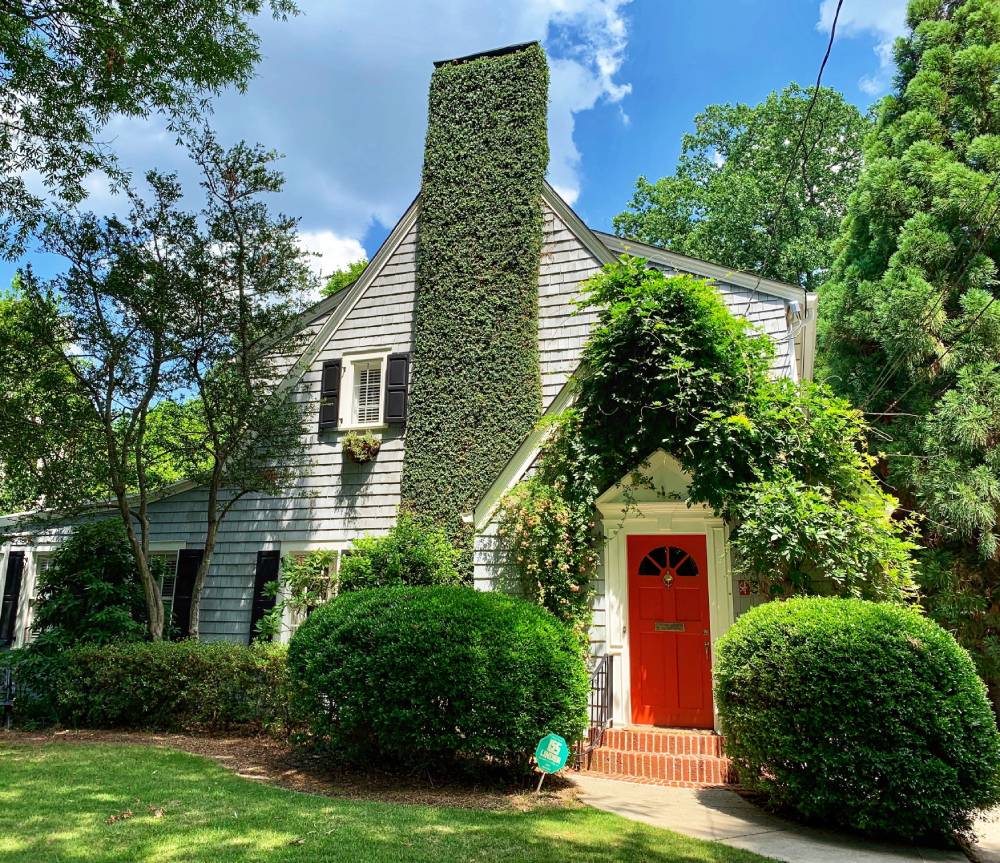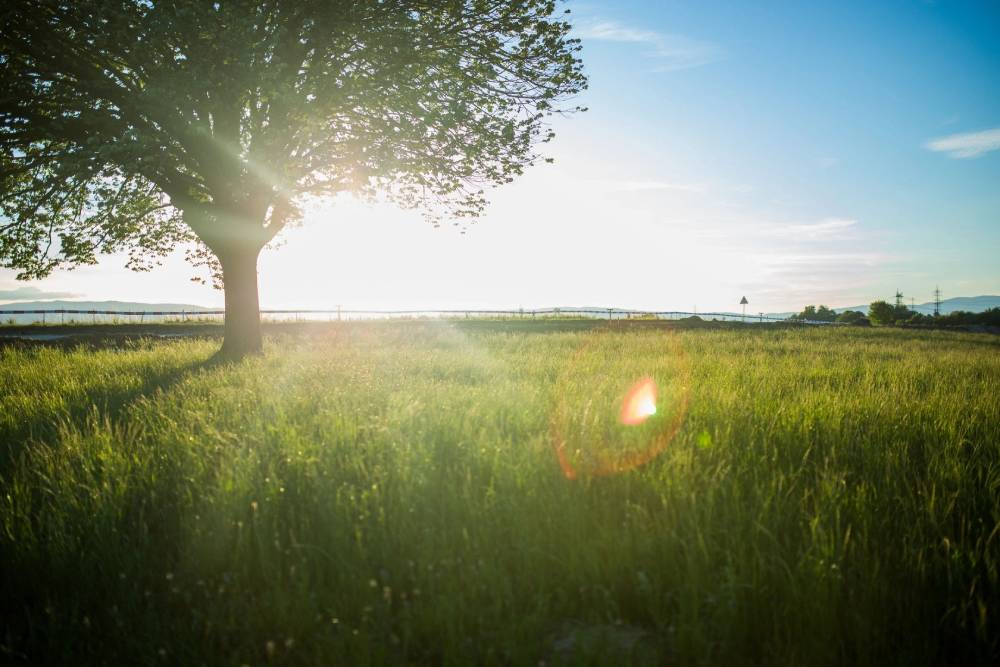Seasonal Lawn Maintenance Advice – Important Days
Thanks for checking out our seasonal tips and suggestions. We hope it benefits you in all your Greenscaping endeavors. Keep in mind that this calendar presents general guidelines. Every year is different, and seasons rarely start and finish on a set date. Rains and other conditions also vary each year greatly. The guidelines here apply best to Central Texas, but most of the southern (warm climate) green zone is very similar or the same.
Over 90% of our customers have Bermuda and St. Augustine grasses. Other species may have slightly different needs. Bermuda and St. Augustine on the same soil results in a turf war, where Bermuda will die, and St. Augustine will take over. Keep your grass species separate and use dividers if necessary. Check your fertilizers and herbicides carefully. Some are safe for St. Augustine but will kill Bermuda and vice versa.
Mowing frequently (once per week or more) trains your grass not to waste energy growing upwards. Instead, it spends energy growing out to the sides and down in the soil. It creates a tightly woven, dense turf that chokes out weeds. Mowing more than 25-30% of your grass height causes shock and distress, over shocking and frequent shocking results in dead spots and thinner turf.


Spring
March 1 to St. Patrick’s Day:
Give the turf a good low mow to start.
Apply Weed and Feed fertilizer
Throughout the Spring:
Apply sod or seed as needed
Top Dress and/or level your turf
Complete your landscaping and planting
Apply weed control herbicides as needed
Water 2-3 days per week.
If you have irrigation, set your system to finish 2-3 hours before sunrise
Weekly Total Water = 1”
Suggested grass heights for level lawns:
Bermuda grass: 2” - 2.5”
St. Augustine grass: 2.5” - 3”

Summer
Memorial Day (May 31):
Apply regular fertilizer (not weed and feed)
Throughout the Summer:
Apply herbicides only as needed
Water 2-3 days per week.
If you have irrigation, set your system to finish 2-3 hours before sunrise
Weekly Total water= 1”-1.25.”
Peak Heat of the Summer!
Trim your hedges, shrubs, and bushes
Trees can be trimmed if necessary, but it’s better to wait for winter
Suggested grass heights for level lawns:
Bermuda grass: 2.5”-3”
St. Augustine: 3”-3.5”

Fall
Labor Day (1st Monday of September):
Apply regular fertilizer (not weed and feed)
Throughout the Fall:
Complete gardening and landscaping projects
Apply herbicides only as needed
Water 2-3 days per week
If you have irrigation, set your system to finish 2-3 hours before sunrise
Weekly Total water= 1”-1.25.”
Suggested grass heights for level lawns:
Bermuda grass: 3”-2.5”
St. Augustine: 3”
Election Day (1st Tuesday in November)
Apply winterizer
Try annual ryegrass if you want green turf throughout the winter
Seed with perennial ryegrass if you’re certain you want it to return every winter

Winter
The grass goes dormant once the temperatures start dipping into the low 40s and 30s. Watering is rarely necessary, but it will not harm your lawn to provide a drink from time to time as long as it’s not below freezing.
If you have an irrigation system, you could/should probably turn it off until mid-late February.
Throughout the winter:
Remove leaves and dead trees, shrubbery, and other shovel jobs
Complete any hardscaping and land clearing/reclamation
The coldest weeks of winter should be dedicated to tree trimming. There is no better or safer time of the year for your trees to lose limbs, and using a sealant spray on winter cuts is not necessary.
February 1st-15th:
Apply pre-emergent for superior weed control
Valentine’s Day:
Trim your roses
Suggested grass heights:
Unless you’re getting nasty grams from your HOA, city, or municipality, you can let the turf sleep, and it won’t be growing. If you’re planting winter grass, 3” should be good.
Your lawn may awaken well before March, so keep a watchful eye on your turf. Look for greening and growing. Remember, the weeds always start first. Stay ahead of the regrowth.
